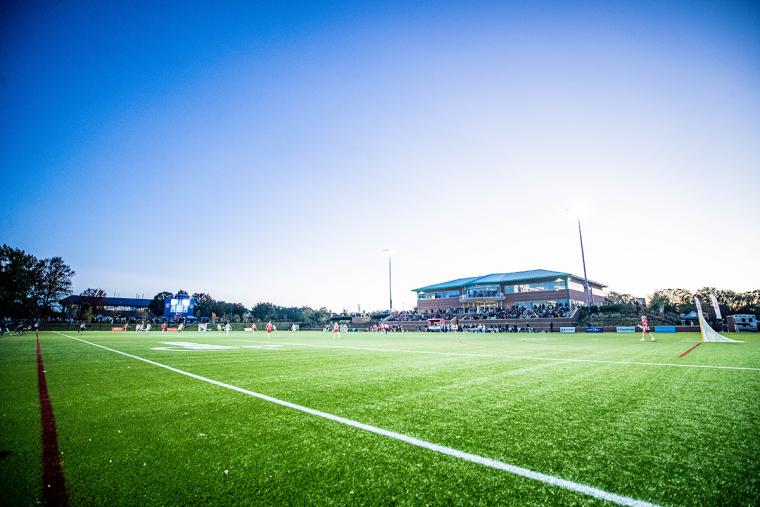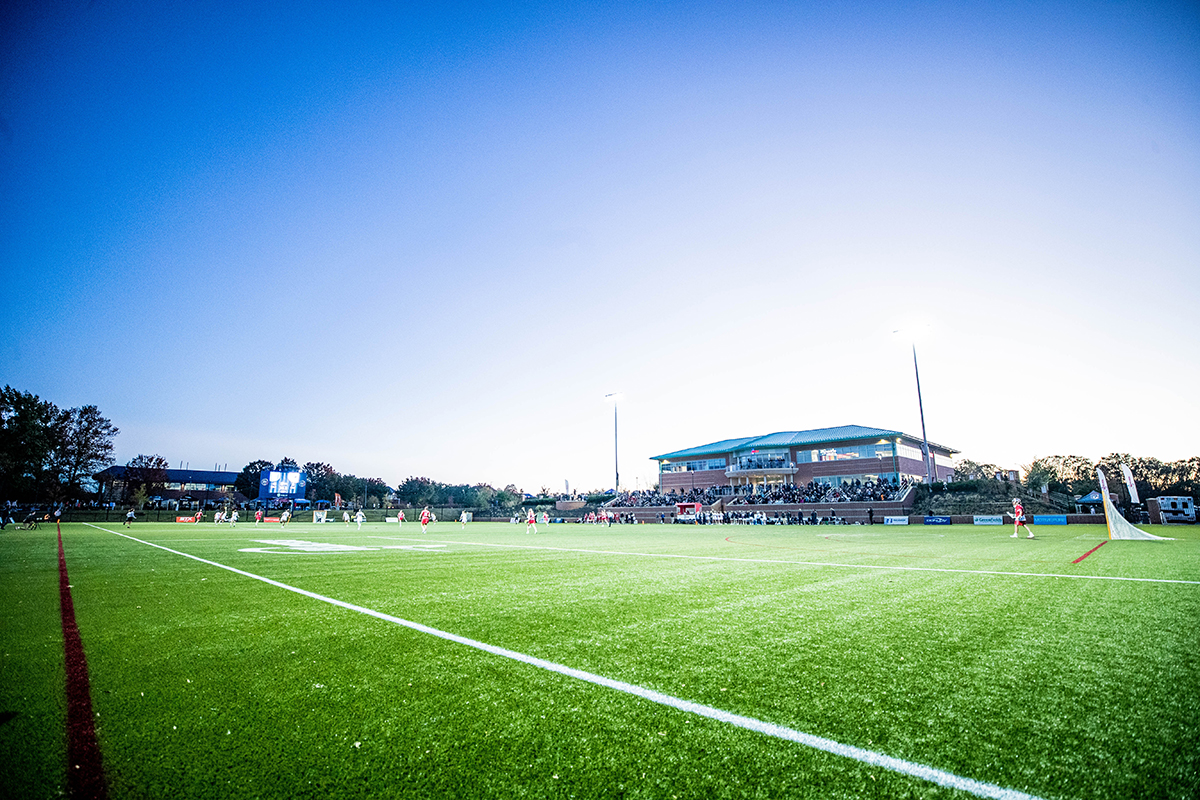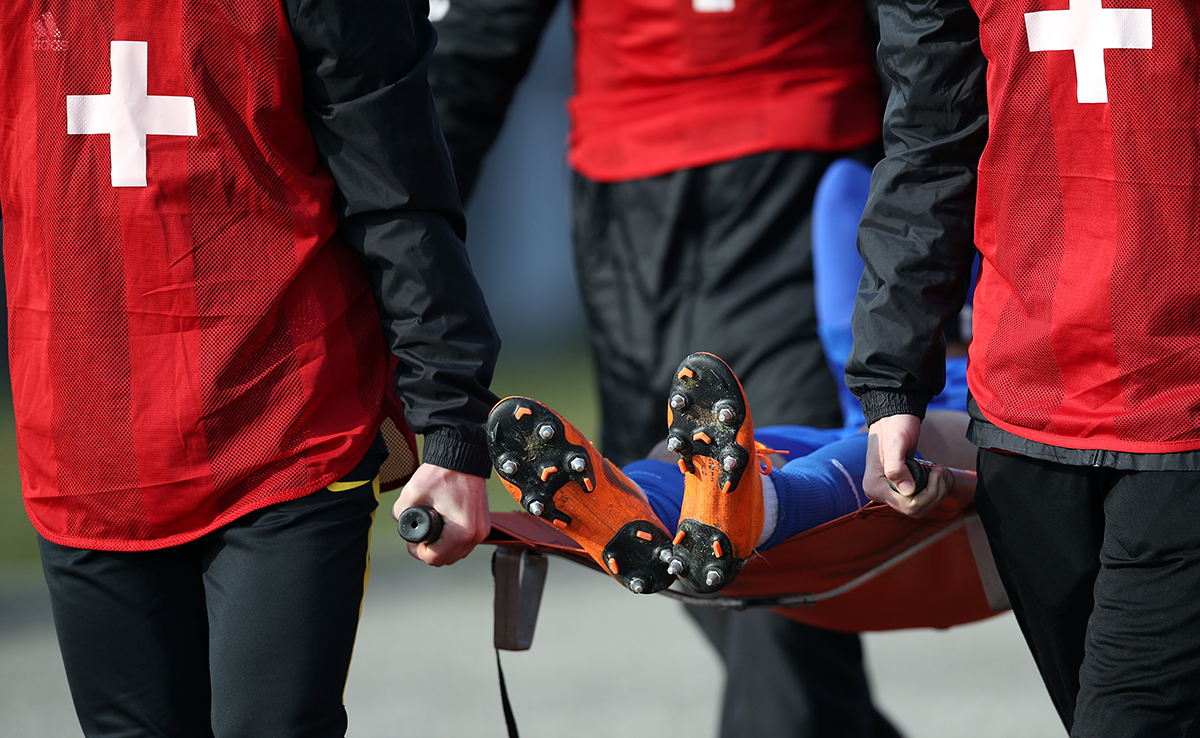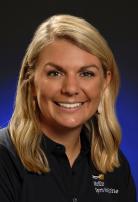

Start Planning Early
When planning medical support for a sporting event, starting earlier is always better. Appropriate medical coverage should be a priority to ensure that the event is staffed appropriately to minimize potential negative outcomes. The timeline for planning may vary depending on the event type and size. For large scale or complex events, such as multi-field or multi-facility tournaments or marathon races, it is recommended that medical coverage be secured at least six months ahead of the event. This gives ample time to safeguard the appropriate number and type of medical professionals available. If requests for medical coverage are placed too close to the event, there is a risk of not having enough resources. Additionally, the cost for services may increase as the event gets closer. Some things to consider before contacting a potential medical provider include:
• What are my expectations of the medical provider?
• How large and what type of event is being hosted?
• What are best practices for medical coverage for this type of event?
• Does the facility where the event is held already have a medical partner in place?
• What amenities does the facility have (i.e. access to water & ice, AEDs, medical facility)?
• Can my medical partner supply any emergency equipment?
• What is the budget for medical coverage?
• Does my event need on-site EMS available?
Another point of consideration is that venues may host a variety of events throughout the year and what typically works for one type of event may not be suitable for another. For example, the resources and equipment needed for a youth soccer tournament may vary greatly from that of a professional soccer game, even though they may be held at the same venue. No two events are the same and having a medical partner who understands those reasons can help guide the planning process.
Make a Local Connection
Planning medical coverage of an event in a different city or state can be a difficult task, so it is important to have a local connection that you can trust. Whether it is a designated event medical director or a healthcare group, having local people in place who know the region, facility and the climate can help to expedite the care process and overall customer service experience. These providers are aware of local medical facilities and available resources for participants and will be able to provide guidance of best practices for medical coverage.
 What is the best way to choose a suitable provider?
What is the best way to choose a suitable provider?
First, start by asking your venue operations staff for recommendations, as they may have a list of medical groups that they have worked with in the past. The facility may also have an in-house partner whose services are already available or required when using that venue. Local hospitals, physical therapy groups or EMS stations in the area are also great resources for knowing which providers in the area can accommodate specific types of events. Other event organizers who have held events in that location may also be a great resource.
Many times, a large healthcare system can be an ideal medical partner for events, especially one that is located directly in the area where the event is taking place. Healthcare systems can provide well-rounded coverage models that include a variety of providers, such as athletic trainers, emergency and sports medicine physicians and physical therapists. They are also often already embedded within the community and may be a trusted name for event participants.
An example of this type of relationship is the one between US Lacrosse and MedStar Health in Baltimore, Maryland. These two non-profit organizations have collaborated to ensure consistent, high-level medical coverage for participants at all events hosted at the US Lacrosse Headquarters, as well as other lacrosse events around the region. As part of their agreement, MedStar Health provides a full-time athletic trainer to assist US Lacrosse with organizing and facilitating medical event coverage, as well as emergency action plans (EAP) for the facility and sponsored events held around the country. This approach allows both parties to plan ahead and provide consistent care.
If one specific medical group isn’t available or only a small number of providers are needed, there are several other options for securing adequate coverage. Convention and visitors bureaus and sports commissions are great options. State-wide list-servs or independent contracting companies allow event planning groups to request athletic training services and hire independently through a streamlined service. An important consideration is the distance from the event to the nearest emergency response station. This may alter what type of personnel should be onsite and what type of medical equipment is needed. For emergency response call times greater than three to five minutes, consider having EMS onsite. Once you establish a medical relationship in the area, future events will be easier to plan.
Emergency Equipment
Location, event type, size of event and weather are all things to consider when planning for emergency equipment. Once a medical provider has been secured, they can help to address equipment needs and may be able to provide some additional equipment, such as medical supplies, treatment tables, emergency splints or spine boards, that may not be readily available. However, this should be a collaborative decision that is discussed when setting event expectations. At a minimum, AEDs should be located throughout the event site in addition to staff who have been trained in CPR and AED use. A designated medical venue, such as a tent or athletic training room, should be centrally located and well labeled for both participants and spectators.
If an event is spread out over a large area, it may be beneficial to have multiple medical sites located throughout the venue in addition to the central medical facility. Having additional locations set up allows medical personnel to have shorter response times to potential emergency situations and will give a visual location to where the medical providers are stationed, should a participant need it. In this instance, two-way radios are helpful when connecting medical providers and event staff who are separated by large distances. Golf carts or ATV-type vehicles may also be helpful with transportation, if available.
Weather and temperature should always be considered when planning for emergency equipment. For events in warm-weather areas, shade tents, cold-water immersion tubs and access to additional water and ice are crucial for treatment of heat-related illnesses and should be made available to attendees. If possible, an indoor venue that offers air conditioning, heat or general protection from the elements should be available as well.
Communication is Key
While it may not always be financially feasible to have everything on an equipment wish list, it is always possible to be prepared. Having an event-specific Emergency Action Plan (EAP) ensures that event and medical staff alike are ready for potential emergencies and know how to handle them appropriately. An EAP will also outline a preferred chain of command for the event and determine the best course of action for any incident that may occur. Outlining expectations ahead of time for medical personnel can help to reduce risk and guarantee that both groups are on the same page with their roles for the event. A medical time-out at the start of each event is a great way to review expectations and the EAP with all event staff.
Additionally, designating a lead medical provider or a medical host for the event can improve lines of communication and give other providers an internal resource to go to with questions. Lastly, any incidents that occur throughout the event should be documented accordingly and reported to the appropriate person as designated in the EAP.
Ultimately, the more prepared, the better when it comes to medical planning. Having appropriate medical coverage, equipment and an established plan for emergencies will help reduce the risk of liability and improve the overall experience for event planners and participants alike. SDM

